How To Create A Logo Design Even If You're Not A Designer

Source: Tornike Uchava, Logo Collection, Dribbble, https://dribbble.com/shots/19714466-modern-abstract-pictorial-symbolic-minimal-simple-logos
Creating a logo design may seem like an overwhelming task, especially if you don’t have a background in graphic design. However, in today’s digital age, you don’t need to be a professional designer to craft a compelling logo. Whether you’re a small business owner, a startup founder, or an entrepreneur working on a personal project, having a unique and recognizable logo is essential. A well-designed logo not only represents your brand’s identity but also makes a memorable impression on your target audience.
The good news is that you can create a logo design without mastering complex design software or investing in expensive design services. With the right approach, a bit of creativity, and the help of user-friendly online tools, anyone can produce a logo that effectively communicates their brand’s message.
This guide will walk you through the essential steps to create a logo design from scratch, even if you have no design experience. From understanding your brand identity to choosing colors, fonts, and symbols, you’ll learn practical tips and tricks to make your logo stand out. Whether you’re starting from a blank canvas or using templates, this article will empower you to bring your vision to life.
Understand the Purpose of a Logo
Before you create a logo design, it’s crucial to understand its purpose. A logo is not just a decorative element; it is the face of your brand. It visually represents your company’s identity, values, and mission. When designed effectively, a logo becomes a powerful tool for communication, conveying your brand message to your target audience.
A well-crafted logo serves as a visual anchor for your brand, helping customers recognize and remember your business. It distinguishes you from competitors and builds trust and credibility. For example, iconic logos like Nike’s swoosh or Apple’s apple are simple yet impactful, making them instantly recognizable worldwide.
Understanding the purpose of a logo goes beyond aesthetics. It’s about connecting with your audience on an emotional level. The right logo can evoke feelings of trust, excitement, or loyalty, influencing how people perceive your brand. Therefore, before diving into the design process, take the time to reflect on what your brand stands for and how you want to be perceived.
Research Your Industry and Competitors
One of the most important steps when you create a logo design is researching your industry and competitors. This research provides valuable insights into market trends, customer preferences, and design styles that resonate with your target audience. It also helps you identify opportunities to differentiate your brand.
Start by analyzing the logos of your direct competitors. Look for patterns in color schemes, typography, and symbols commonly used within your industry. For example, technology companies often use bold, modern fonts and cool colors like blue and gray, while health and wellness brands lean towards calming tones like green and pastel shades. Understanding these trends helps you decide whether to align with industry standards or break away to stand out.
Additionally, identify gaps in the market. If most competitors have minimalist logos, a more detailed or vibrant design could set you apart. Conversely, if logos are overly complex, a simpler design might make your brand more memorable.
While researching, pay attention to what works and what doesn’t. Take note of successful logos that effectively communicate their brand’s message. This analysis will guide your creative process and help you make informed design choices.
Define Your Brand Identity
Before you create a logo design, it’s essential to define your brand identity. Your logo is more than just a visual symbol; it represents your brand’s personality, values, and mission. To craft a logo that resonates with your audience, you need a clear understanding of who you are as a brand.
Start by asking fundamental questions: What is your brand’s purpose? What are your core values? How do you want to be perceived by your target audience? Are you fun and playful or professional and serious? The answers to these questions will guide your design choices, from colors and fonts to shapes and symbols.
For instance, if your brand is youthful and energetic, you might choose vibrant colors and playful typography. On the other hand, a luxury brand would benefit from elegant fonts and a sophisticated color palette. By defining your brand identity, you ensure consistency in your visual communication, helping your audience connect with your brand on an emotional level.
A well-defined brand identity also sets you apart from competitors. It gives you a unique voice and style, making your logo more memorable. When you create a logo design that authentically represents your brand, it becomes a powerful tool for building trust and loyalty with your customers.

Source: Pixtocraft, A Logo Mark Creative Modern Minimalist Logo Design, Dribbble, https://dribbble.com/shots/18849311-A-logo-mark-creative-modern-minimalist-logo-design
Choose the Right Logo Type
When you create a logo design, selecting the right logo type is a critical step. There are several logo types to choose from, each serving different purposes and conveying distinct messages. Understanding these types will help you select the one that best represents your brand.
Wordmark: A text-based logo using your brand’s name in a unique font, like Google or Coca-Cola. It’s ideal for brands with memorable names.
Lettermark: Similar to wordmarks but using initials, such as IBM or HBO. These are great for companies with long names.
Pictorial Mark: An icon or symbol representing the brand, like Apple’s apple or Twitter’s bird. These work well if the symbol is universally recognizable.
Abstract Mark: A unique geometric form that represents your brand in an abstract way, like Nike’s swoosh. It allows for creative interpretation.
Combination Mark: A mix of a symbol and text, like Adidas or Burger King. It provides flexibility in using the icon or text separately.
Emblem: Text within a symbol, often seen in badges or seals, like Starbucks or Harley-Davidson. It gives a traditional, authoritative feel.
Choosing the right logo type depends on your brand identity, industry, and audience. A minimalist tech startup might opt for a wordmark, while a luxury brand may prefer an elegant emblem. By selecting the appropriate logo type, you create a logo design that effectively communicates your brand message and connects with your target audience.
Select a Color Scheme
Choosing the right color scheme is a vital step when you create a logo design. Colors are powerful tools that evoke emotions and influence how people perceive your brand. By carefully selecting a color palette, you can effectively communicate your brand’s personality and values.
Each color carries its own meaning and psychological impact. For example, red symbolizes energy, passion, and excitement, making it ideal for dynamic brands. Blue conveys trust and professionalism, which is why it’s popular among tech companies and financial institutions. Green represents growth, health, and sustainability, making it a great choice for eco-friendly brands.
When selecting a color scheme, consider the emotions you want your audience to feel when they see your logo. It’s also important to maintain consistency with your brand identity. If your brand is playful and youthful, vibrant colors like yellow and pink may be suitable. Conversely, a luxury brand would benefit from sophisticated hues such as black, gold, or deep purple.
Limit your color palette to three main colors to maintain simplicity and harmony. Make sure your chosen colors work well together and are versatile enough for different mediums, from digital platforms to print materials. By strategically selecting a color scheme, you create a logo design that resonates with your target audience and effectively represents your brand.
Pick Appropriate Fonts
Typography plays a crucial role when you create a logo design. The font you choose not only impacts readability but also communicates your brand’s personality. Different font styles convey different emotions and messages, making it essential to select one that aligns with your brand identity. There are four main types of fonts:
Serif Fonts: Classic and elegant, serif fonts have small lines at the ends of letters. They convey tradition and reliability, making them ideal for formal and professional brands. Examples include Times New Roman and Garamond.
Sans-Serif Fonts: Clean and modern, sans-serif fonts lack the decorative lines seen in serif fonts. They are easy to read and versatile, suitable for contemporary brands. Examples include Helvetica and Arial.
Script Fonts: Resembling cursive handwriting, script fonts add a personal and artistic touch. They are perfect for brands that want to appear elegant or playful but should be used sparingly for readability.
Display Fonts: Unique and bold, display fonts are designed to stand out. They are best used for impactful logos but should be paired carefully to avoid overwhelming the design.
When choosing a font, prioritize legibility and ensure it complements your overall design. Avoid using more than two font styles to maintain harmony and simplicity. By selecting appropriate fonts, you create a logo design that effectively communicates your brand’s voice and enhances its visual appeal.
Keep It Simple
When you create a logo design, simplicity is key. A simple logo is easier to recognize, more versatile, and leaves a lasting impression. Think of iconic logos like Nike’s swoosh or Apple’s apple. Their simplicity makes them memorable and effective across various platforms.
A cluttered or overly complicated logo can confuse your audience and dilute your brand message. By keeping your design simple, you ensure that your logo is easily identifiable at a glance. This is especially important for small-scale applications, such as social media profiles or mobile app icons.
Focus on using clean lines, minimal colors, and straightforward typography. Avoid unnecessary details or intricate patterns that may not reproduce well in different sizes. Stick to one or two key elements that clearly represent your brand. For example, a minimalist symbol paired with a clean wordmark can create a powerful logo without overwhelming the viewer.
Simplicity also enhances versatility. A simple logo is more adaptable to various backgrounds, mediums, and color variations, ensuring consistency in your brand identity. By prioritizing simplicity, you create a logo design that is timeless, memorable, and effective in communicating your brand’s message.

Source: Jose, K, Dribbble, https://dribbble.com/shots/19635700-K
Sketch Your Ideas
Before you dive into digital tools, take the time to sketch your ideas on paper. When you create a logo design, sketching allows you to explore different concepts quickly and freely without the constraints of design software. It encourages creativity and helps you visualize your ideas more effectively.
Start by brainstorming different elements related to your brand, such as symbols, shapes, or typography styles. Don’t worry about perfection—this stage is about exploration. Sketch as many variations as possible, combining different elements and experimenting with layouts. The goal is to generate a wide range of ideas to find the most compelling direction.
Sketching also helps you focus on the core concept of your logo without getting distracted by colors or effects. By working in black and white, you ensure that your logo maintains its impact even without color, making it versatile for different applications.
Once you have a few promising sketches, evaluate them for simplicity, memorability, and relevance to your brand identity. Select the strongest concepts to refine digitally. By starting with sketches, you create a logo design that is thoughtful, creative, and rooted in a well-developed concept.
Ensure Scalability
When you create a logo design, ensuring scalability is crucial. Your logo will be used across a wide range of platforms and sizes, from small social media icons to large billboards. A scalable logo maintains its clarity and impact regardless of its size, ensuring consistent brand representation.
To achieve scalability, design your logo in vector format using tools like Adobe Illustrator or other vector-based software. Vector graphics are made of mathematical points rather than pixels, allowing them to be resized without losing quality or becoming pixelated. This ensures your logo looks sharp and professional on all devices and mediums.
Keep your design simple and avoid intricate details that may get lost when the logo is scaled down. Test your logo at different sizes, such as a favicon (16x16 pixels) and a large banner, to ensure its legibility and visual appeal. Pay special attention to typography; make sure any text is readable even at smaller sizes.
Consider how your logo will appear in different contexts, such as on digital screens, print materials, or promotional products. By designing with scalability in mind, you create a logo design that is versatile, adaptable, and consistently impactful across all applications.
Get Feedback and Refine
Once you create a logo design, gathering feedback is a crucial step before finalizing it. Constructive feedback helps you identify strengths and weaknesses, ensuring your logo effectively communicates your brand message. It also provides fresh perspectives, helping you refine and improve your design.
Start by seeking feedback from trusted sources, such as colleagues, friends, or potential customers who represent your target audience. Share different variations of your logo and ask for honest opinions on elements like color, typography, and overall appeal. Encourage them to share their first impressions and how the logo makes them feel. This feedback will reveal if your design aligns with your brand identity and resonates with your audience.
Be open to criticism and use it as an opportunity to enhance your design. Look for common patterns in feedback to identify areas for improvement. However, maintain a balance between constructive input and staying true to your brand vision.
After analyzing feedback, make the necessary refinements. This could involve adjusting colors, simplifying elements, or fine-tuning typography. Re-evaluate the updated design and repeat the feedback process if needed. By gathering feedback and refining your design, you create a logo design that is polished, effective, and well-received by your audience.
Conclusion
Creating a logo design doesn’t require you to be a professional designer. By following these practical steps, anyone can craft a meaningful and memorable logo that effectively represents their brand. From understanding your brand identity to choosing the right colors, fonts, and logo type, each decision contributes to the overall impact of your design. Remember to keep it simple, ensure scalability, and gather feedback for refinement. With creativity and strategic thinking, you can create a logo design that resonates with your audience and leaves a lasting impression.
Let Us Know What You Think!
Every information you read here are written and curated by Kreafolk's team, carefully pieced together with our creative community in mind. Did you enjoy our contents? Leave a comment below and share your thoughts. Cheers to more creative articles and inspirations!

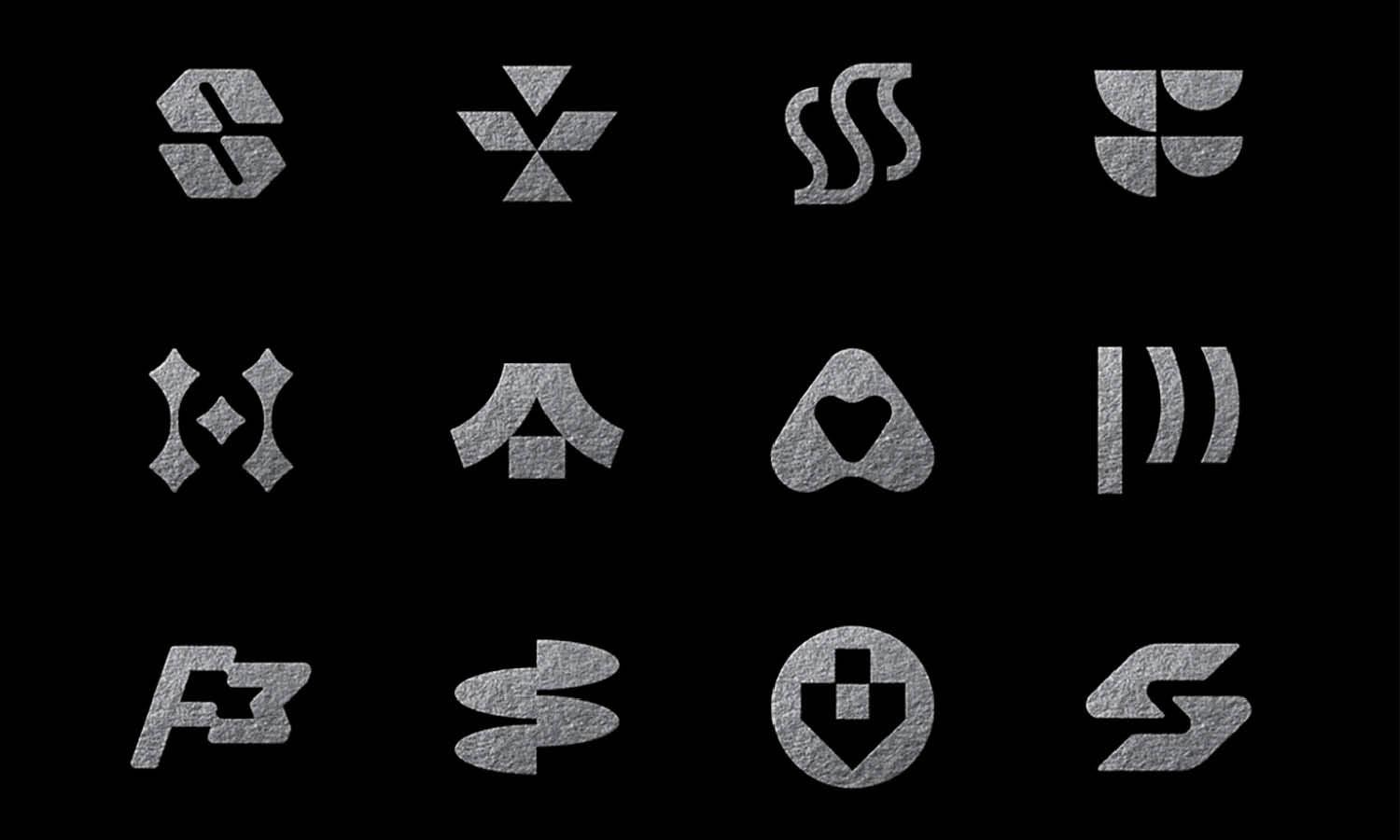



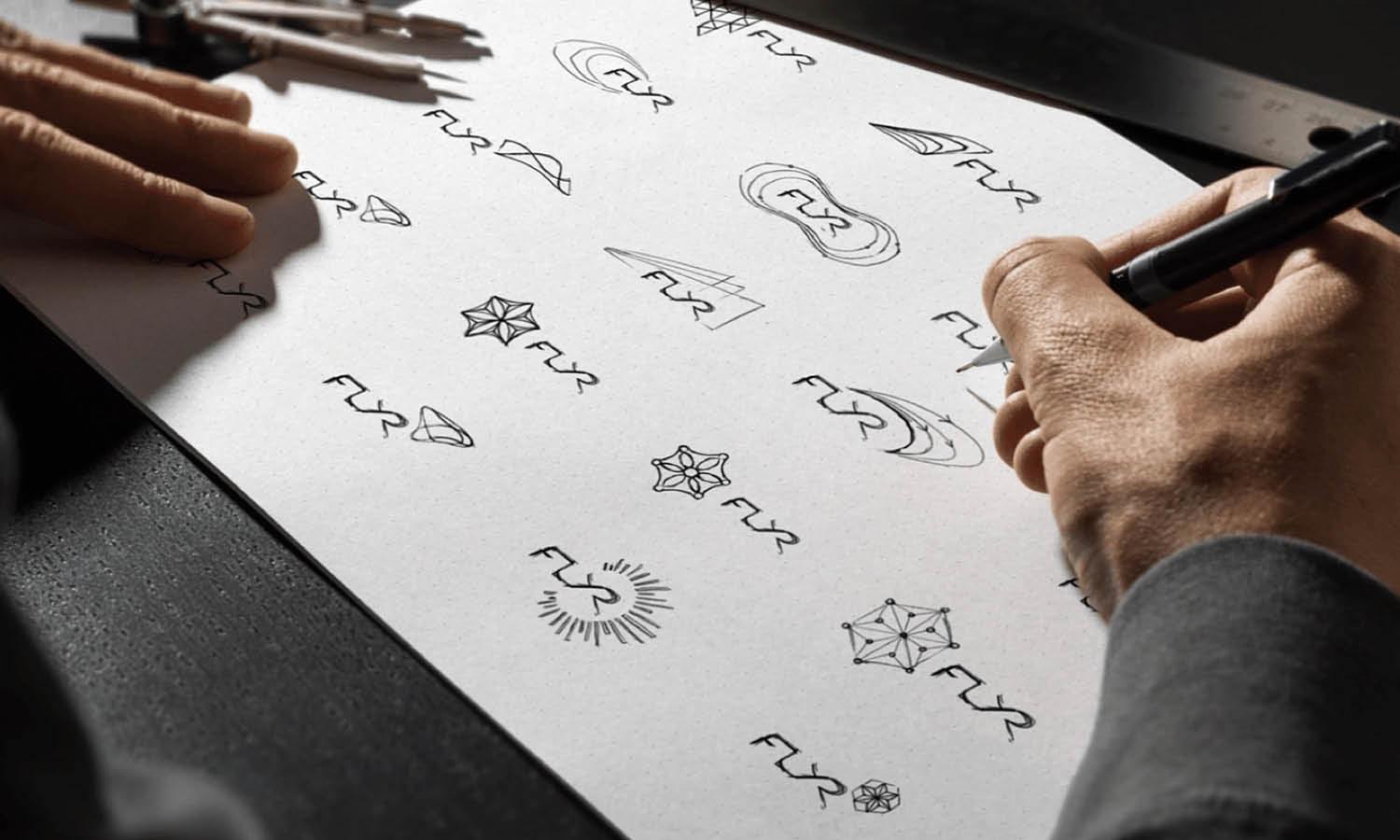
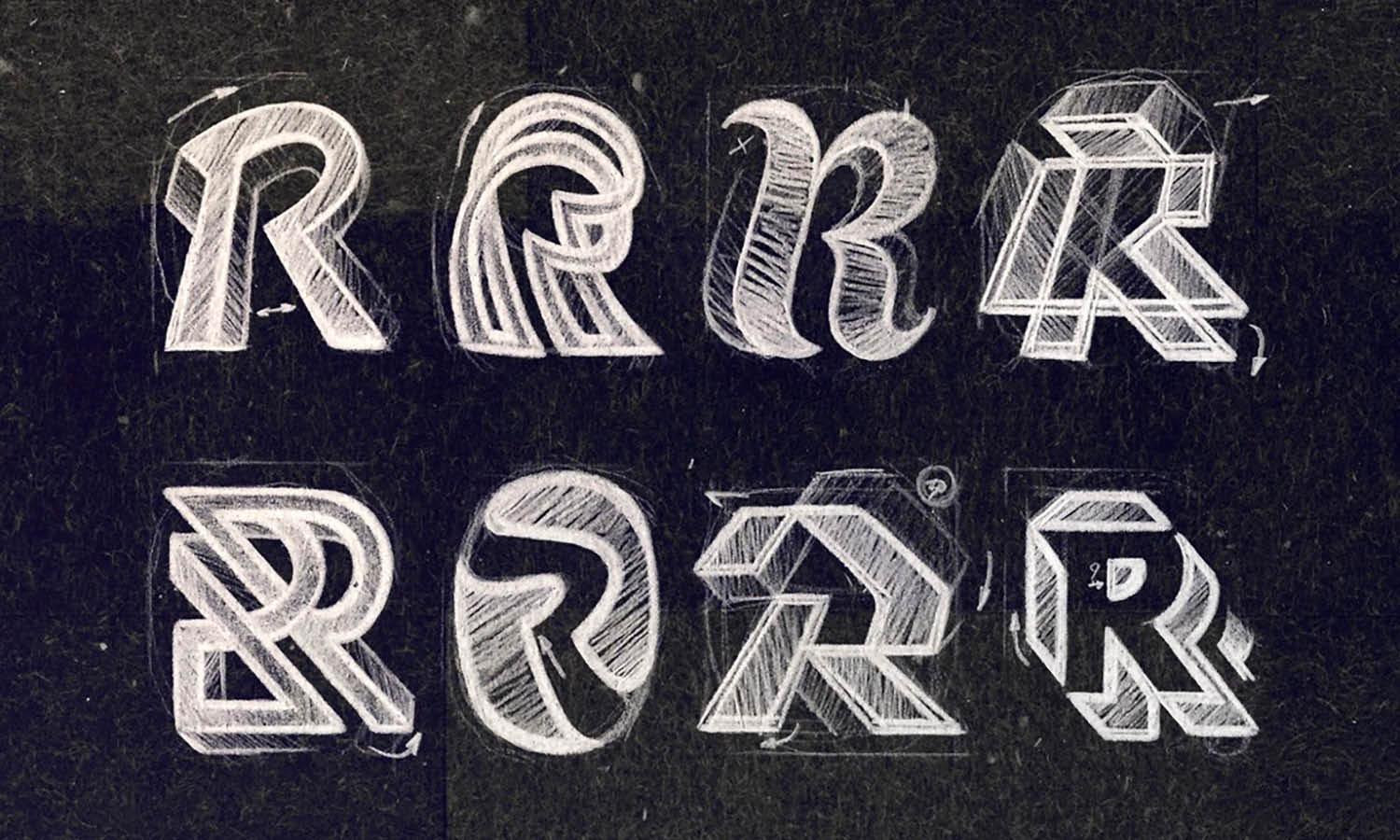
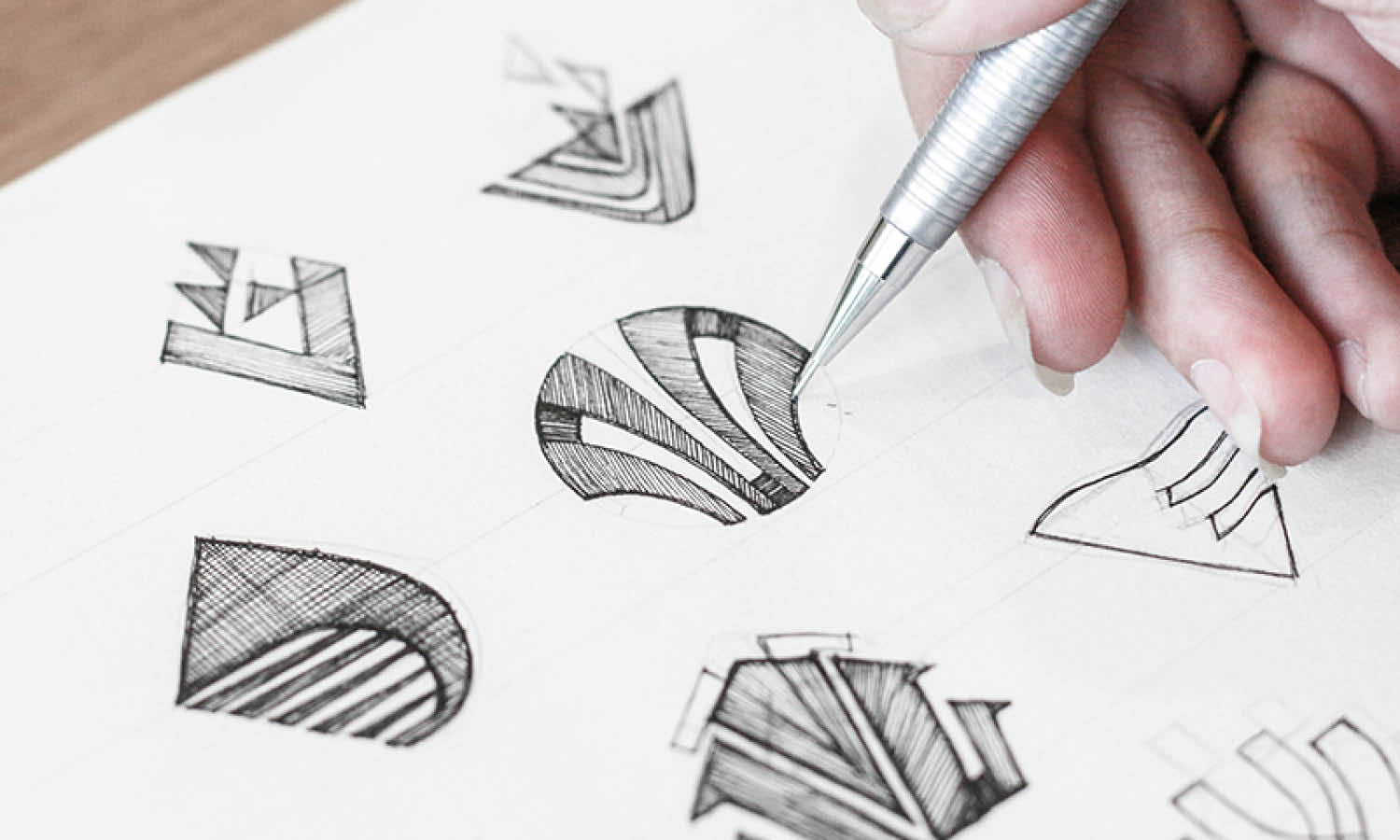
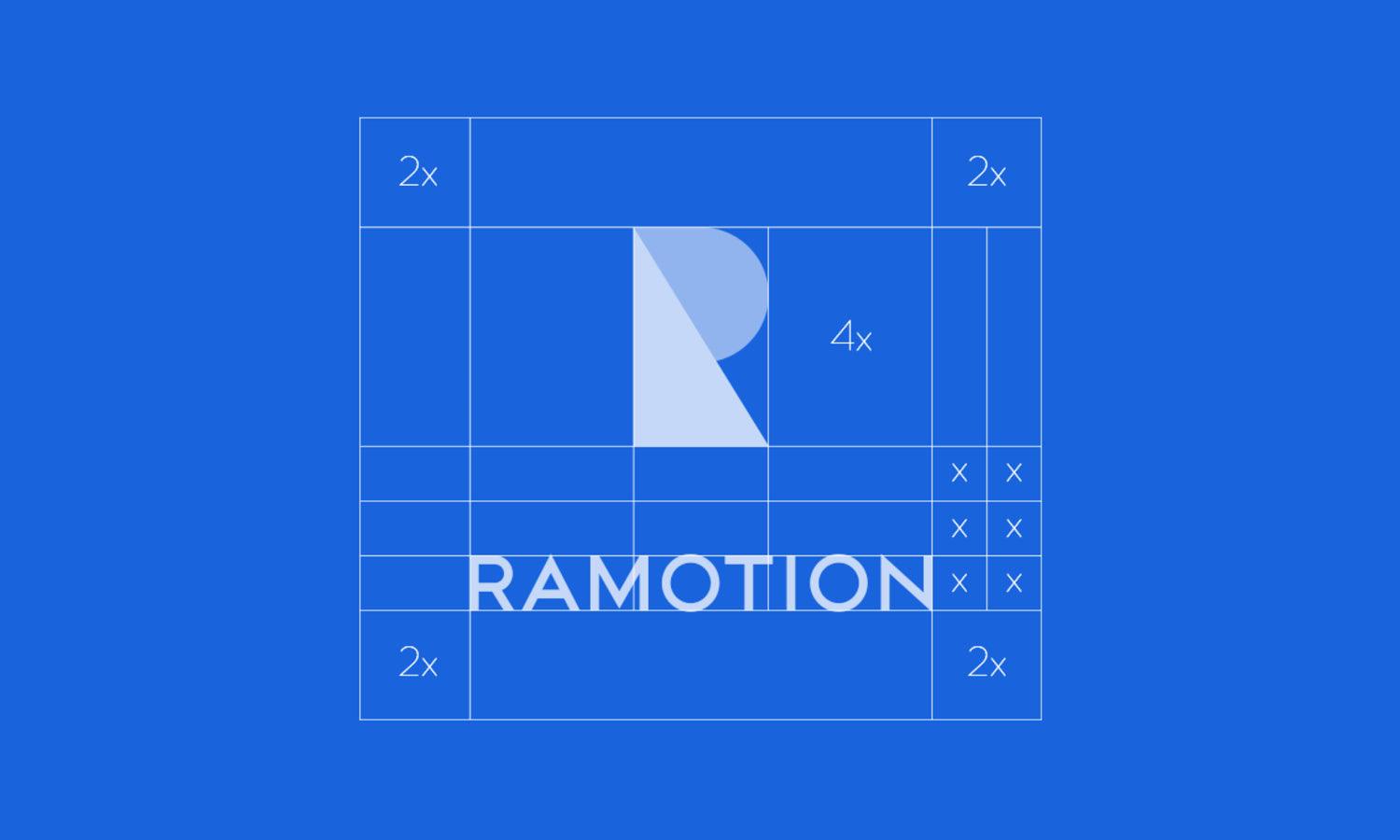







Leave a Comment